Don’t miss: ‘The Mother & The Weaver’ dissects the complexity of motherhood
‘The Mother & The Weaver’ at the Foundling Museum, London, looks at the complex role of the mother in art from the Ursula Hauser Collection
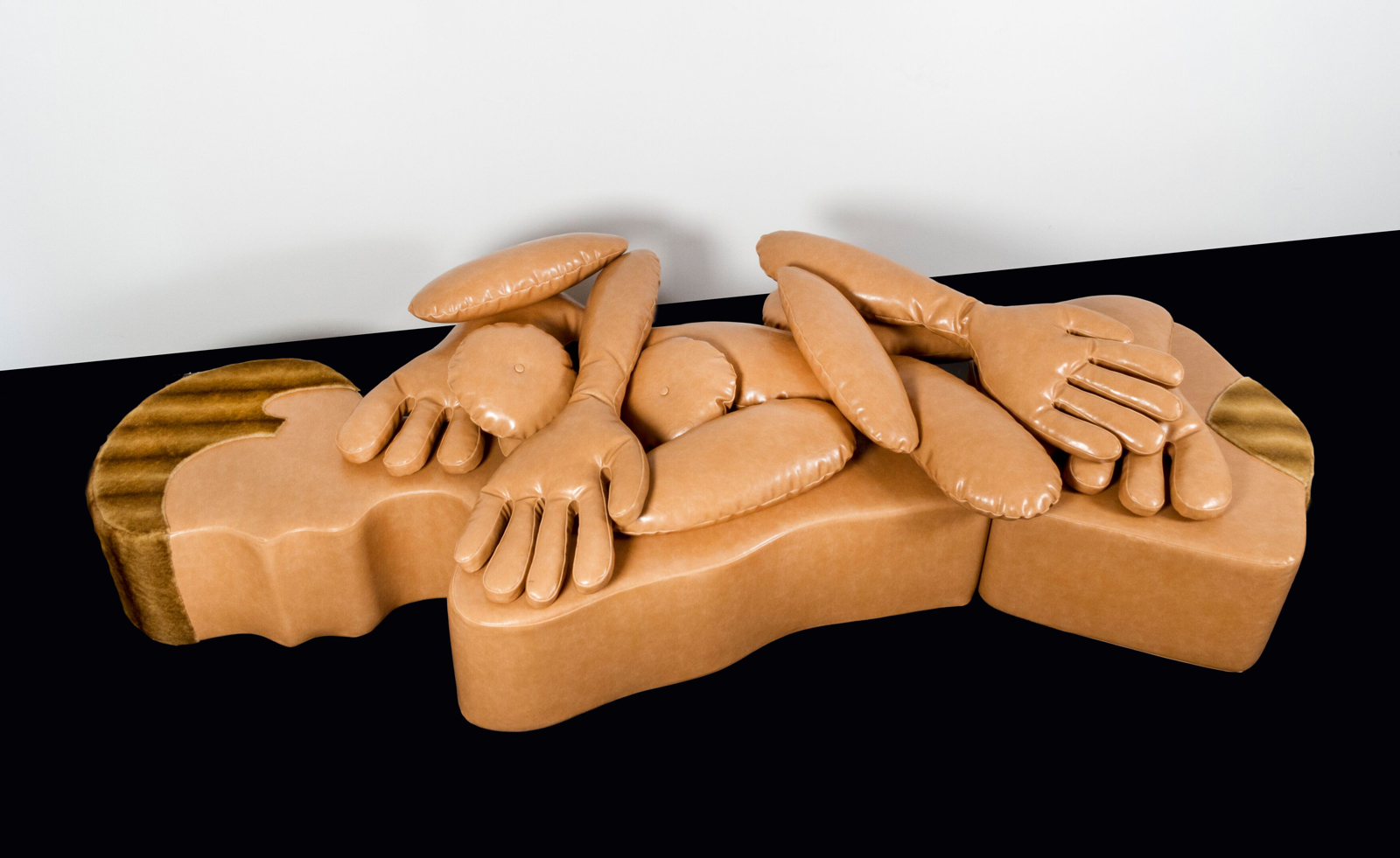
The mother is an apt figure for London’s Foundling Museum to consider: present, absent or suffocating, the mother’s role can spin a web of tendrils extending into love, sexuality and identity for her offspring.
It is a subject that has long fascinated artists including, notably, Louise Bourgeois, whose well-known spider image inspires the name of this exhibition, ‘The Mother and the Weaver’. Her work is the main focus in this curation from the Ursula Hauser collection, which unites over 40 pieces from women artists, encompassing Lorna Simpson, Rita Ackermann, Ida Applebroog, Sheila Hicks, Berlinde de Bruyckere, Maria Lassnig, Marlene Dumas, Sonia Gomes, Luchita Hurtado, Nicola L, Anna Maria Maiolino, Carol Rama, Pipilotti Rist, Amy Sherald, Sylvia Sleigh and Alina Szapocznikow.
Here, curator Tanya Barson discusses the way artists have explored this dichotomy between the private and the public in the artists on show here.
Inside ‘The Mother and the Weaver’ at the Foundling Museum
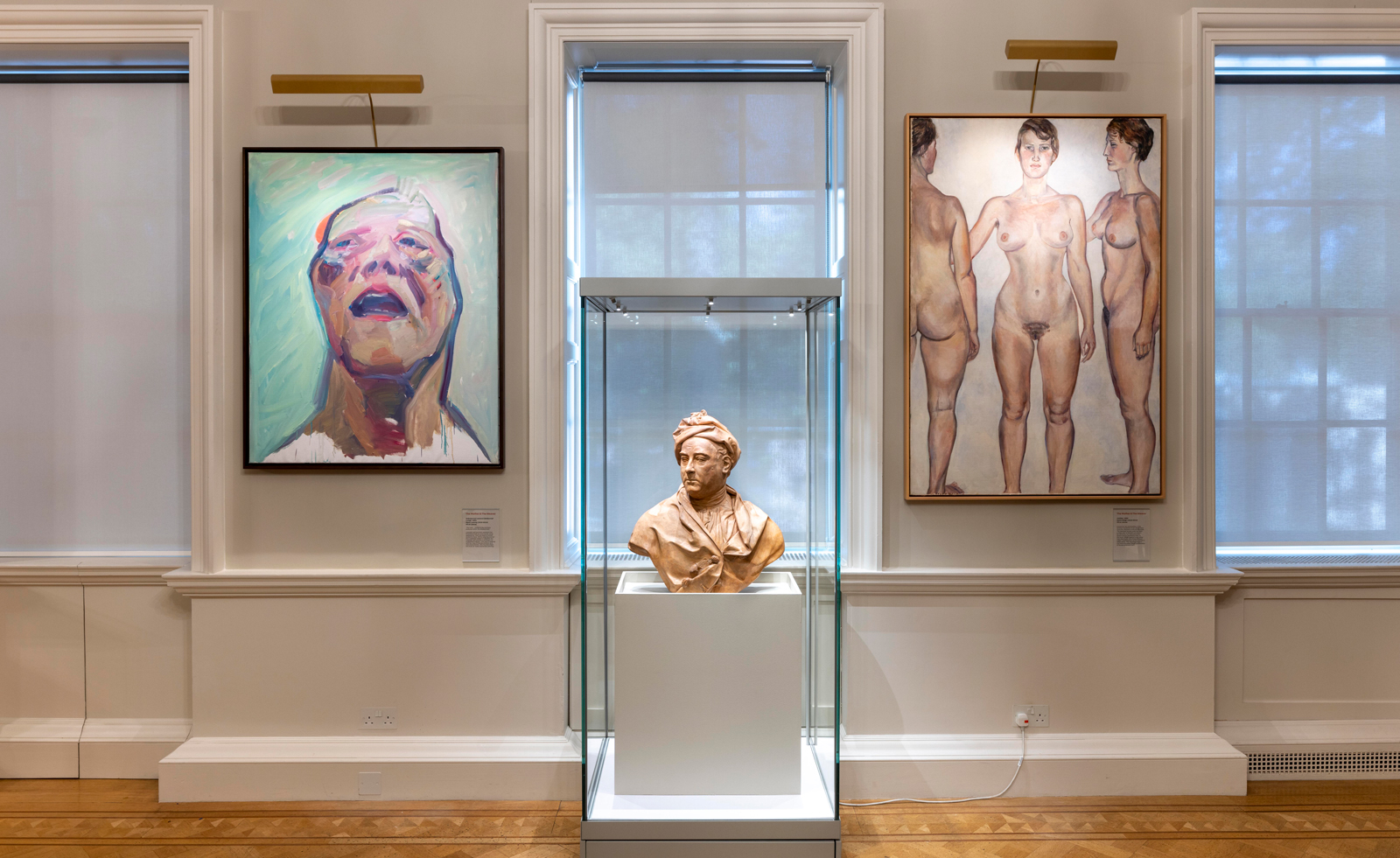
Installation view, ‘The Mother & The Weaver: Art from the Ursula Hauser Collection’, 2023. Maria Lassnig, Selbstportrait weinend (Selfportrait crying), 1994. Sylvia Sleigh, Untitled, 1960.
Wallpaper*: How do you explore the multi-faceted role of the mother, absent or present, in this exhibition?
Tanya Barson: The exhibition aims to address the role and representation of the mother and motherhood in a very broad sense. It is a fundamental experience in life. While we don’t all experience being mothers, we all have mothers whether they are present in our lives or not. The artists in this exhibition address the spectrum of experience of our mothers and of being mothers. They tell us about their own deeply personal experiences, of motherhood, birth, their own childhood, or having children and their relationships to parenting and with their own parents, and they don’t sugar-coat it. They are candid about the messiness of life, about its complexities and the profound paradoxes that arise in our emotional lives. Society, and art history, have tended to portray motherhood in moral terms of black and white, of ideal motherhood and of failure and condemnation, while these artists express the grey areas.
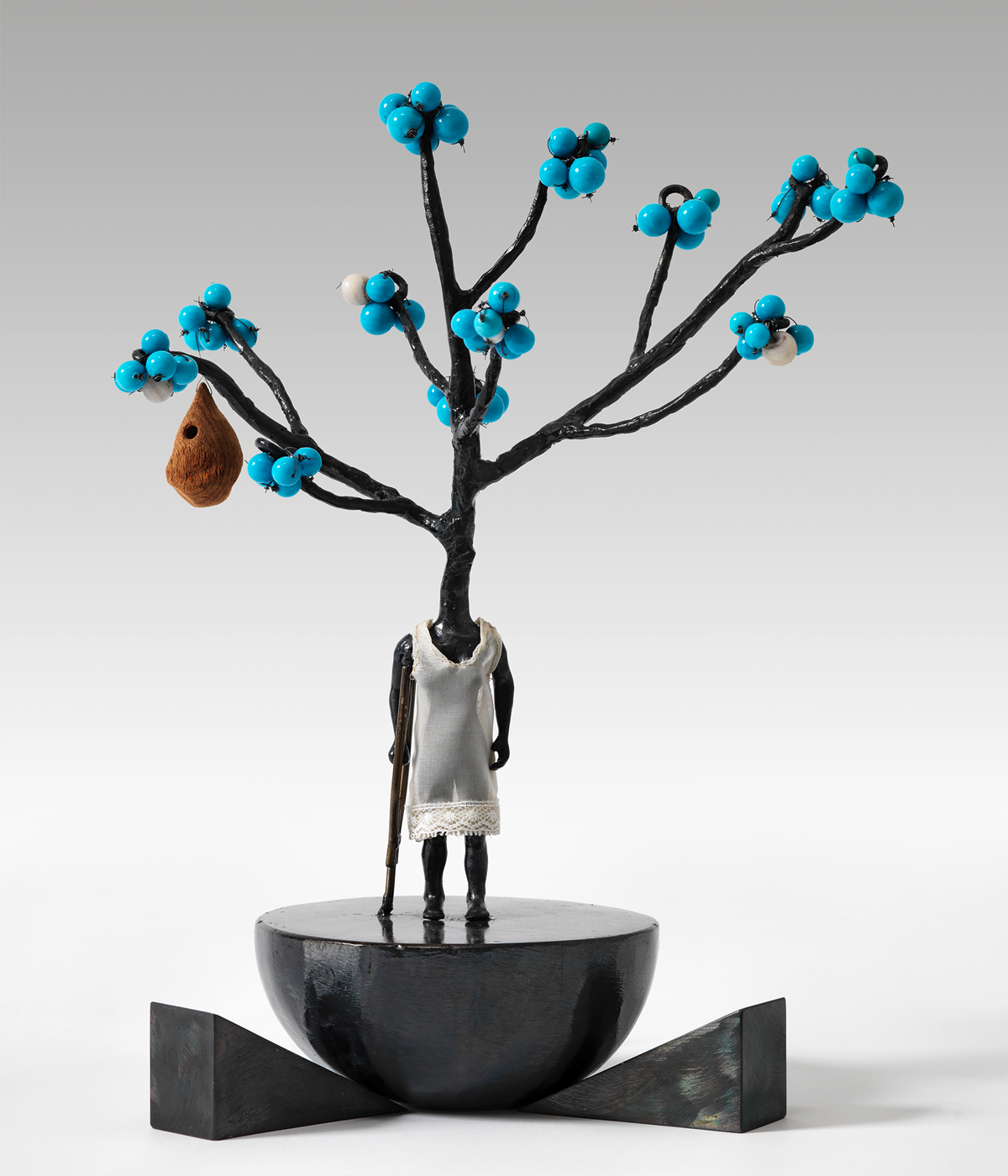
Louise Bourgeois, The Good Mother, 1999
W*: What was important to consider in the curation of the artists included here?
TB: I selected works by women artists from the Ursula Hauser Collection, which has a history of engaging with female perspectives – both of the artists, their subjects and the collector.
Receive our daily digest of inspiration, escapism and design stories from around the world direct to your inbox.
They have also been selected because of the way they address wider concerns with the representation of the female body, which is a related theme here, including modes of self-representation by female artists, or the complexities of gender identity. Underpinning the work is also an examination of the thematics of care – very much a priority across society as well as in the art context – leading to questions such as what does care entail; who cares for whom; and what are the experiences of care or its absence that define our lives? The artists have been chosen for their frankness about things such as anxiety, loss, dependence, ambivalence, vulnerability and, conversely, strength, love and resilience.
What’s important in this group of artists is that they address complex or difficult aspects of human experience non-verbally, and yet in ways that are themselves complex and multi-layered. That is to say, without closing down the possibilities but opening up to a range of responses. The museum is a complex and emotive space and its many different audiences and visitors should be able to experience these extraordinary artworks on their own terms. The fact that artists use their own individual languages means that each viewer can encounter them without needing translation. They speak for themselves.

Louise Bourgeois, The Birth, 2007
W*: What can visitors look forward to from this exhibition?
TB: The exhibition includes a selection of exceptional works by artists of the first order. Works that are in turns fierce or timid, full of sorrow or hope, pain or joy. Some of the artists are widely acclaimed, while others may be discoveries to the visitors. What is perhaps most special is to view these works in dialogue with the museum, its collection, its history and the setting it affords.
‘The Mother & The Weaver: Art from the Ursula Hauser Collection’ at the Foundling Museum until 18 February 2024

Hannah Silver is the Art, Culture, Watches & Jewellery Editor of Wallpaper*. Since joining in 2019, she has overseen offbeat art trends and conducted in-depth profiles, as well as writing and commissioning extensively across the worlds of culture and luxury. She enjoys travelling, visiting artists' studios and viewing exhibitions around the world, and has interviewed artists and designers including Maggi Hambling, William Kentridge, Jonathan Anderson, Chantal Joffe, Lubaina Himid, Tilda Swinton and Mickalene Thomas.
-
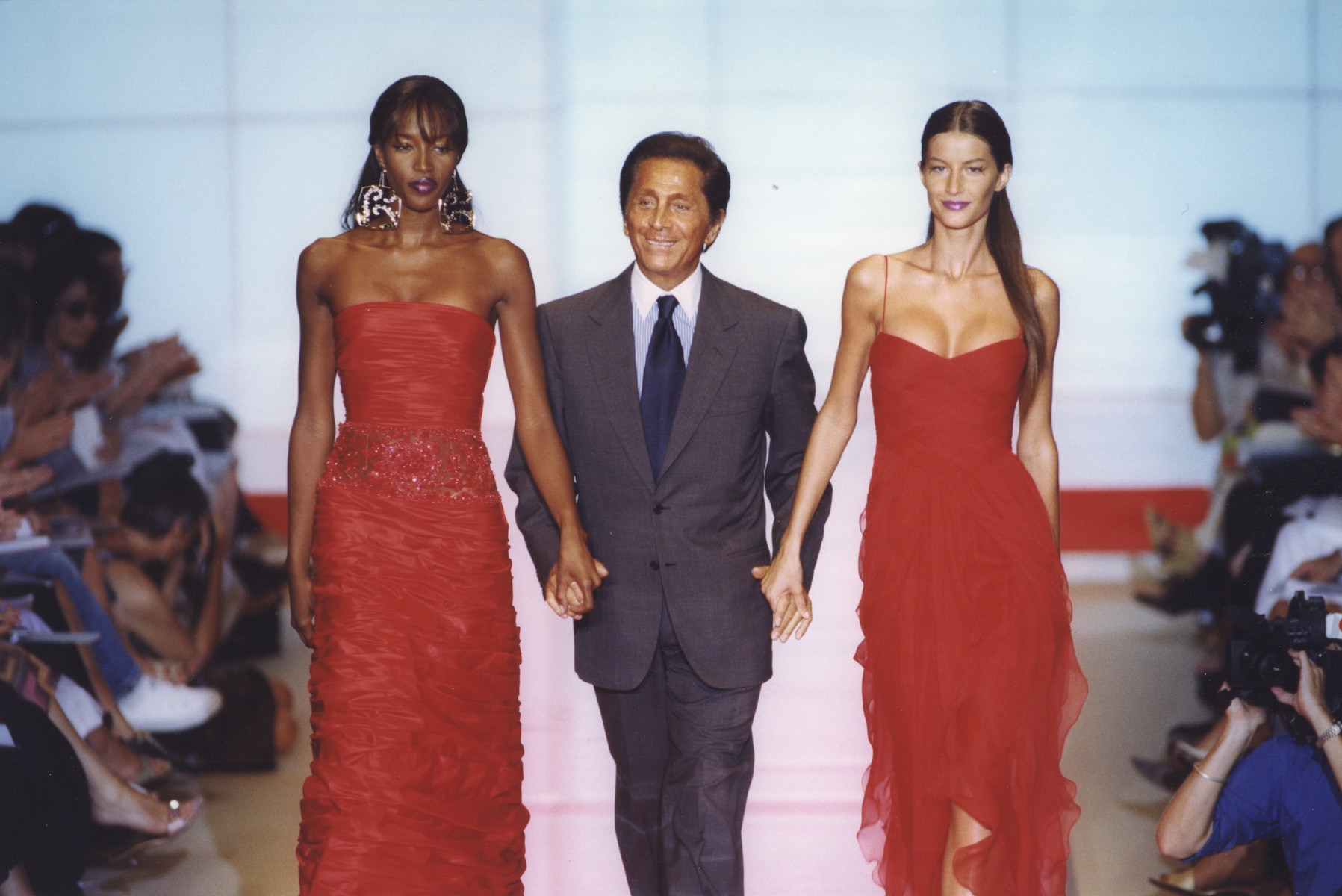 Remembering Valentino Garavani, master of Italian glamour (1932-2026)
Remembering Valentino Garavani, master of Italian glamour (1932-2026)‘The Last Emperor’ of fashion has passed away aged 93, it has been announced by his eponymous foundation today (19 January 2026). He will be remembered for his expressive vision of Roman glamour and cinematic muses
-
 The design reissues we loved from Paris Design Week
The design reissues we loved from Paris Design WeekWe bring you the best contemporary interpretations of historic design, fresh from Paris Design Week 2026
-
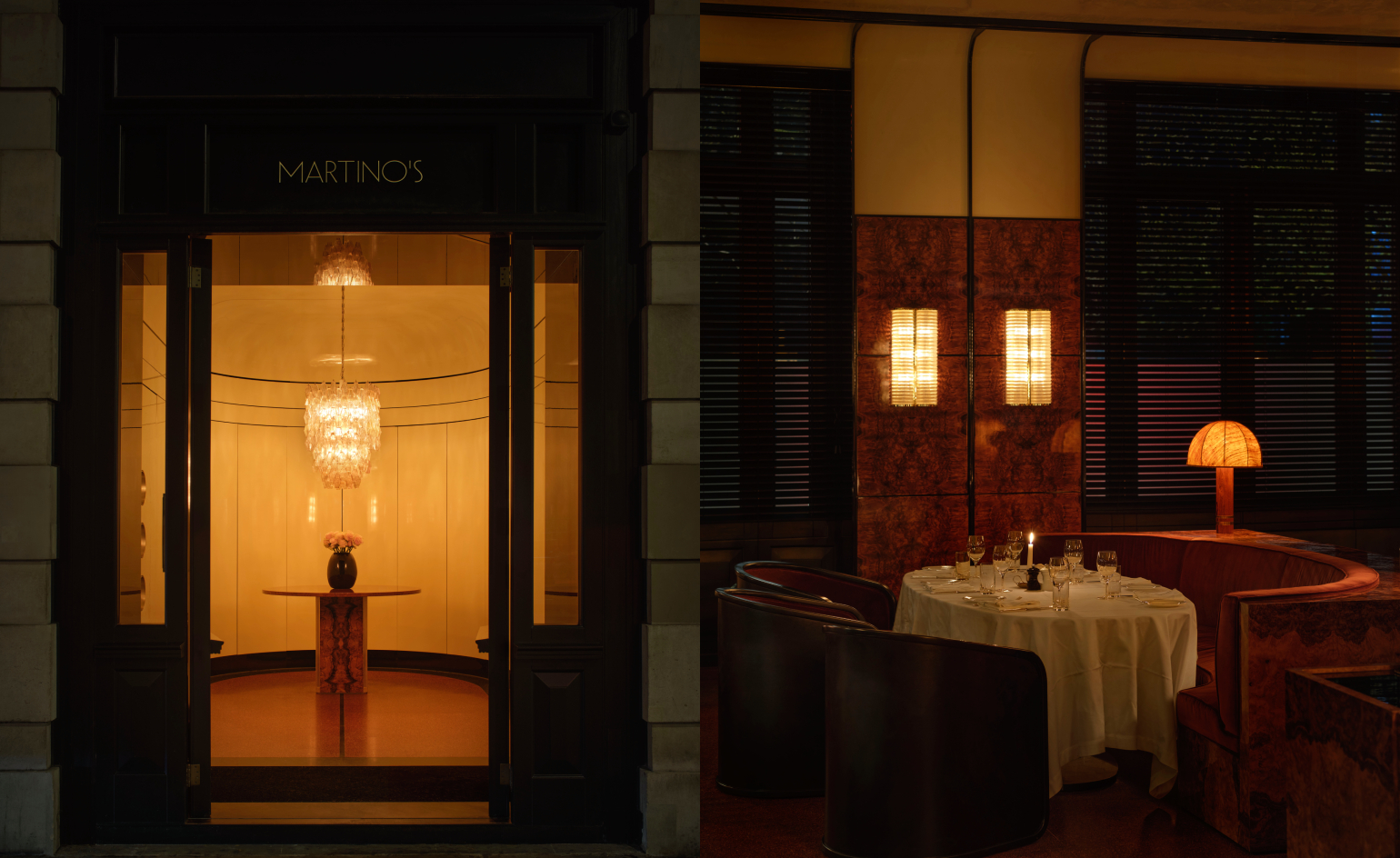 Martin Kuczmarski’s new London restaurant is made for long lunches and late nights
Martin Kuczmarski’s new London restaurant is made for long lunches and late nightsFrom the founder of The Dover comes Martino’s: a softly lit Italian trattoria in Sloane Square, where appetite, atmosphere and romance are inseparable
-
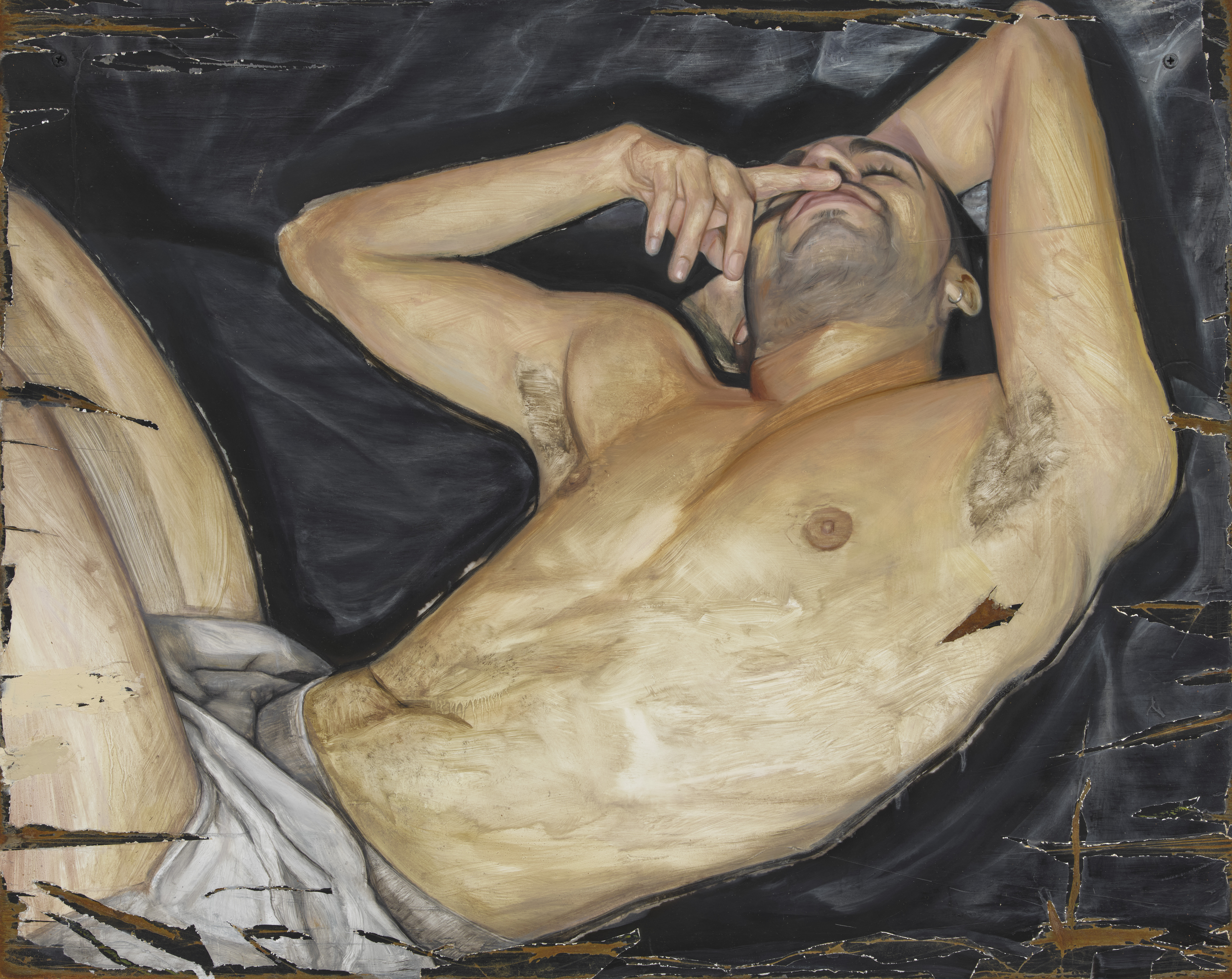 'I have always been interested in debasement as purification': Sam Lipp dissects the body in London
'I have always been interested in debasement as purification': Sam Lipp dissects the body in LondonSam Lipp rethinks traditional portraiture in 'Base', a new show at Soft Opening gallery, London
-
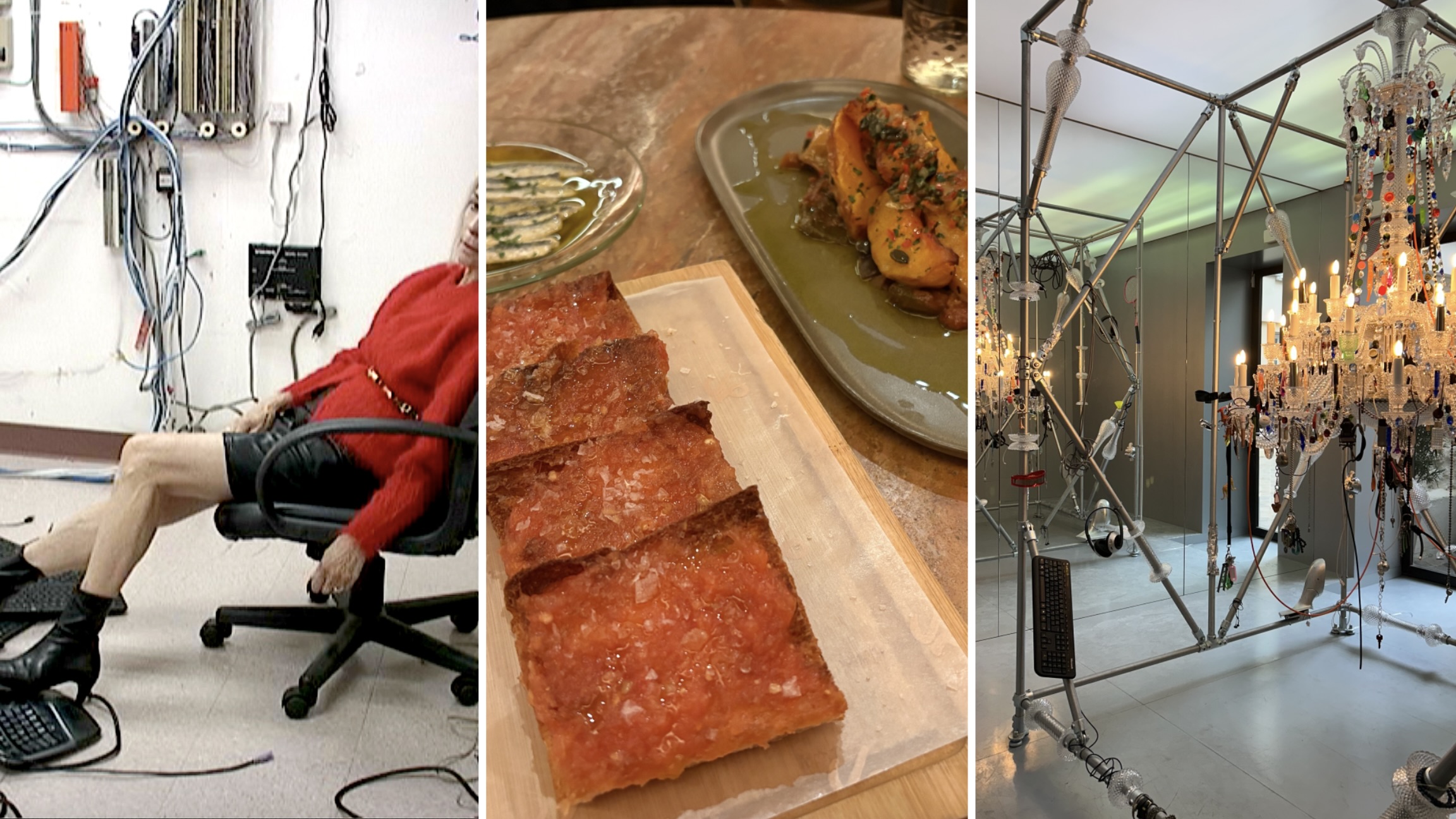 Out of office: The Wallpaper* editors’ picks of the week
Out of office: The Wallpaper* editors’ picks of the weekThis week, the design year got underway with Paris’ interiors and furniture fair. Elsewhere, the Wallpaper* editors marked the start of 2026 with good food and better music
-
 What do creatives pin to their walls? Artists from Tracey Emin to Michael Stipe reveal all
What do creatives pin to their walls? Artists from Tracey Emin to Michael Stipe reveal allAn exhibition at Incubator gallery, London, asks 45 creatives what is tacked to their studio walls – here are some of their pin-ups
-
 Wallpaper* Design Awards: meet Klára Hosnedlová, art’s Best Dreamscaper
Wallpaper* Design Awards: meet Klára Hosnedlová, art’s Best DreamscaperThe immersive worlds that the Czech artist creates make her a worthy Wallpaper* Design Award 2026 winner; she speaks to us ahead of her first show at White Cube, London
-
 Out of office: The Wallpaper* editors’ picks of the week
Out of office: The Wallpaper* editors’ picks of the week'Tis the season for eating and drinking, and the Wallpaper* team embraced it wholeheartedly this week. Elsewhere: the best spot in Milan for clothing repairs and outdoor swimming in December
-
 Out of office: The Wallpaper* editors’ picks of the week
Out of office: The Wallpaper* editors’ picks of the weekFar from slowing down for the festive season, the Wallpaper* team is in full swing, hopping from events to openings this week. Sometimes work can feel like play – and we also had time for some festive cocktails and cinematic releases
-
 The Barbican is undergoing a huge revamp. Here’s what we know
The Barbican is undergoing a huge revamp. Here’s what we knowThe Barbican Centre is set to close in June 2028 for a year as part of a huge restoration plan to future-proof the brutalist Grade II-listed site
-
 Out of office: The Wallpaper* editors’ picks of the week
Out of office: The Wallpaper* editors’ picks of the weekIt’s wet, windy and wintry and, this week, the Wallpaper* team craved moments of escape. We found it in memories of the Mediterranean, flavours of Mexico, and immersions in the worlds of music and art